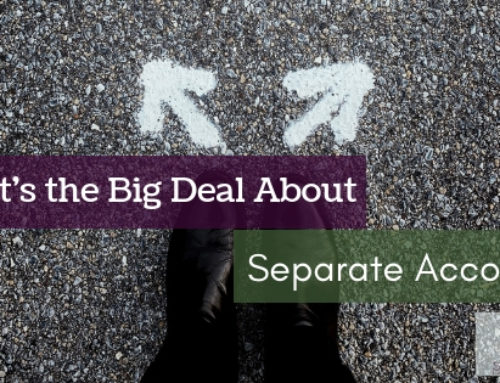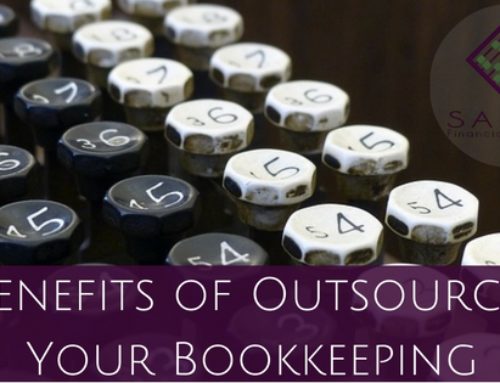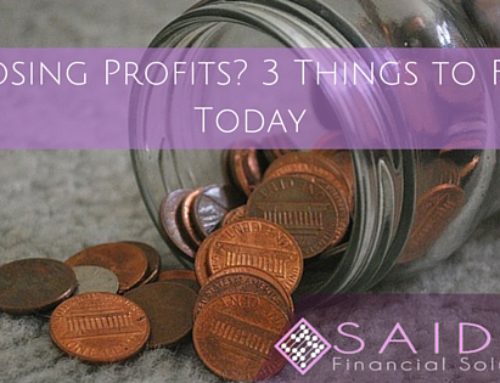One of the top reasons most small business ventures close within the first 5 years? Cash flow, or lack thereof. How do you make sure that your business doesn’t become part of the statistic?
Emergency savings account.
It’s not really an option, it’s a vital part of your business. The longevity of YOU, Inc. depends on maintaining a positive cash flow during the lean times as well as the pleasantly profitable times of your business.
How important is an emergency savings account?
An emergency savings account can mean the difference between closing the doors on your business and continuing to thrive. Surprise expenses come up. That’s the way life works, not only in your personal life but in your business as well.
Inevitably, a machine breaks down. A truck that is vital for a trucking company breaks down beyond reasonable repair. You lose a client from your roster all of a sudden, reducing some of your future recurring income until you can replace them. Or perhaps a client has an emergency themselves, which keeps them from paying you for a while. Whatever the reason, you need to be prepared. A good CEO is proactive, not reactive about their finances.
Yet when you have an emergency savings fund, these surprises inconvenience but don’t cripple you. You barely notice them because you have cash set aside to fall back on. When the emergency has passed you can resume business as usual and replenish your savings.
But if you don’t have the cash set aside, a surprise expense can derail you. It can impact your ability to pay bills and keep your business up and running. It can affect your business credit. This leads to panicked, more hasty decisions, and increased stress. That be extremely stressful and that stress will affect every aspect of your life.
Imagine having to take a month off from your business because you’re sick or a family member is sick. Not a fun scenario, but it happens. What would happen to your income? If you’re unable to provide your service then you’re not making an income. And you still have bills to pay. If you’re not bringing in any cash then you either have to turn to credit or not pay your bills. Either way, you’re stuck between a rock and a hard place. Yet if you have cash set aside then you can pay your bills without having to rack up any additional debt, which just translates to even more stress. When you’re able, you can confidently return to work when you’re healthy.
Here’s how to create your emergency business savings fund plan if you have absolutely nothing saved…
Step One: How Much Do You Need?
Take a look at how much you make on a monthly basis on average. This is the minimum you want to have in your emergency savings fund. In addition, another important aspect to factor in: The months generating the most cash during the year as well as the months generating the least cash if this is applicable to your business.
Once you figure out the average monthly revenue, that’s the amount you want to initially shoot for. If your gross revenue (before expenses) is usually around $1,500 a month then that’s how much you want to initially get into your fund. Ideally, you’ll eventually be able to save up to six months worth of emergency savings. But thinking about that when you’re starting at zero makes the goal seem overwhelming. So make your first goal to save up an amount equal to one average month’s revenue.
Step Two: Where Will You Save It?
The next step is to decide where you’re going to save the money. Preferably, open a savings account with a bank different from the one your business checking account is with. For example, if your operating account is with your local Wells Fargo, open an online savings account with Capital One. Find a bank that doesn’t charge crazy fees to maintain a savings account so your profits won’t get “nickled and dimed” in fees. Make sure you use an interest bearing account so that as your emergency fund grows, so does your income.
Once you’ve opened the account, set automatic weekly or monthly deductions from your main operating account. And decline the need for a debit card with that account. The money shouldn’t be too easy to get to but it also shouldn’t be impossible to access.
Step Three: Setting Up Your Business Savings Plan
The next step is to take a look at your budget and decide how much you can set aside each week or each month. For example, can you save about $25 a week? If so, you’ll be able to save approximately $100 a month.
Look at items in your budget where you may be able to cut back. You can also take a look at your income plan to see if there are easy ways you can increase your income.
Whenever you come into unexpected extra income (you get a small refund from filing your tax return or you have extra sales because of joint ventures or side hustles, for example) set a percentage of that aside for your emergency business savings fund.
Step Four: Set it and Forget It
Once you hit your first goal of an average month’s revenue saved, congratulations! You’re thinking like the true CFO of YOU, Inc.!
Your next goal is to fund at least six months of income. Set up and maintain automatic transfers to the business savings account. Perhaps your business doesn’t bring in as much revenue as normal during the winter months. You can always adjust the automatic savings plan to set aside less.
Automate your business savings and you’ll be free to focus on growing your client base and revenue. As your business continues to grow, you will want to increase the amount you’re setting aside incrementally. After the first year or two, you’ll want to make this a regular habit that becomes part of your budget.
Step Five: When You Use the Money
You will use the emergency savings money eventually. When the emergency occurs, withdraw from the emergency account instead of your regular operating account.
Cut back temporarily on your regular expenses if you can. Otherwise, continue business as usual, but remember that the regular monthly deductions may need to be increased a bit to replace the money you used.
For example, say you have $5,000 set aside in your account and your computer crashes or is damaged and you need to replace it. You use $1,000 to buy a new computer. You can continue with your regular funding of the business savings account and it will eventually return to 5,000. Or you can cut back elsewhere so that you can replace that money even faster. It’s really just up to you and how your business cash flow situation is during that time.
Starting an emergency savings account is just smart business. It’s also good for your peace of mind. You can live your life and grow your business without worrying about what’s around the next corner and how you’ll afford to deal with it.










